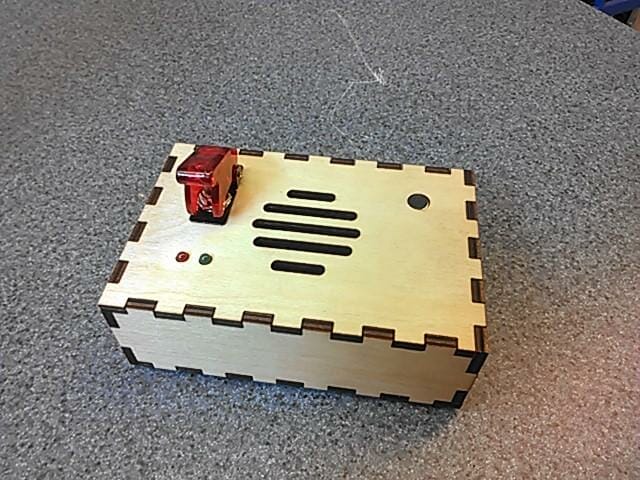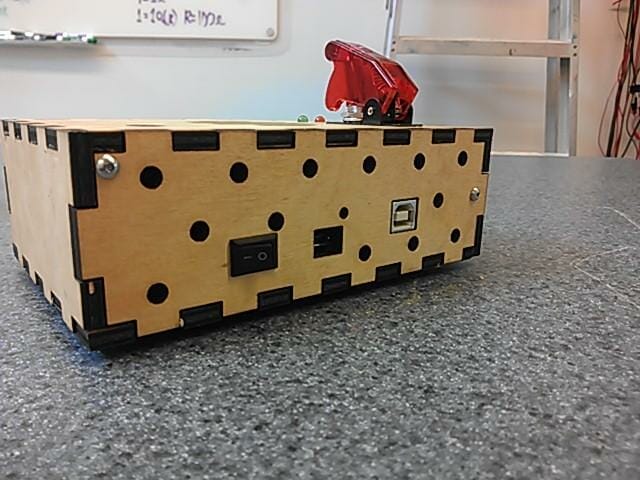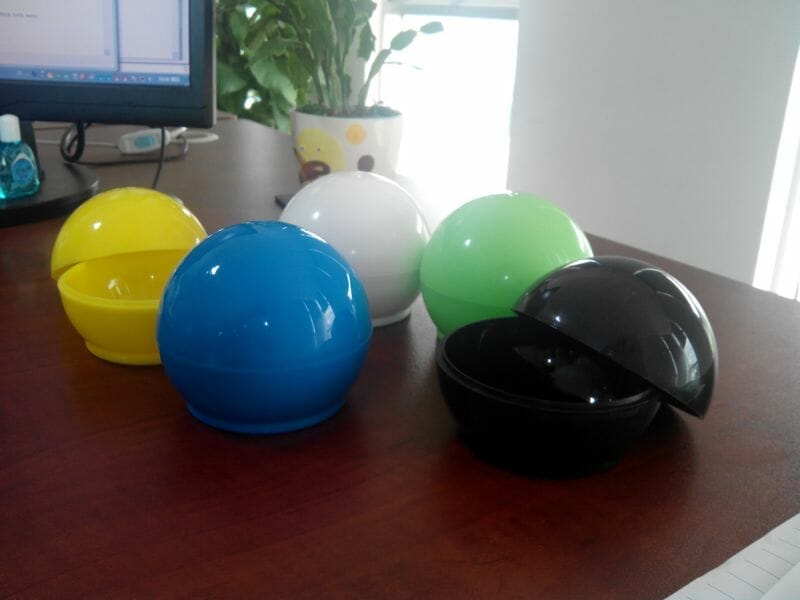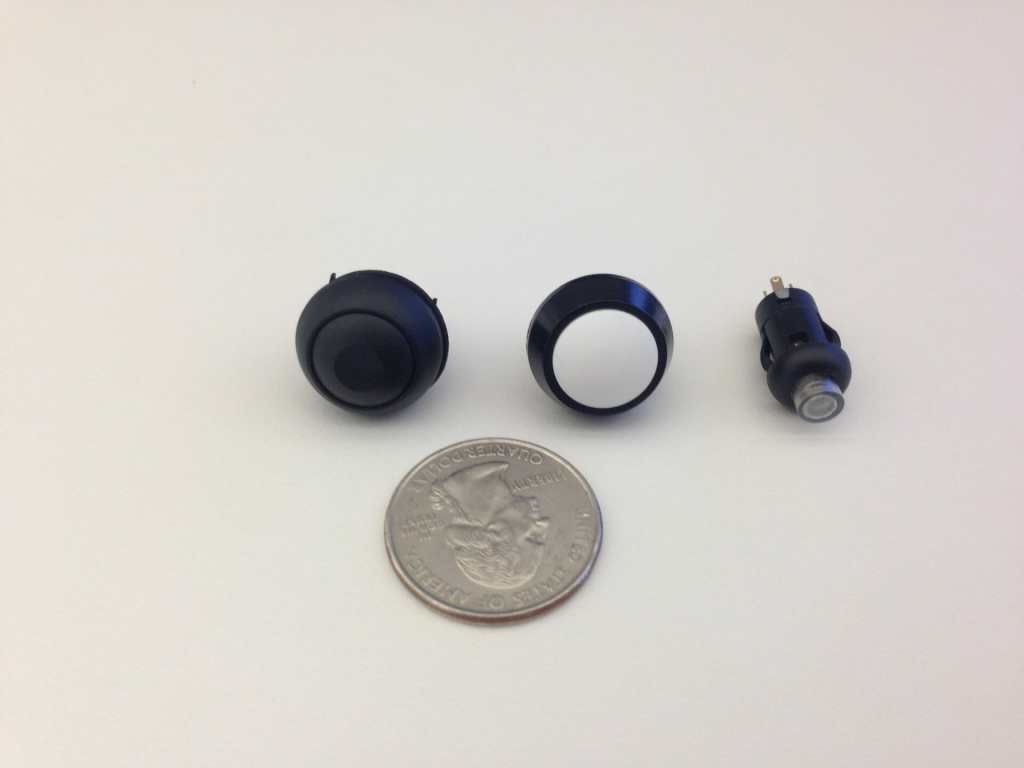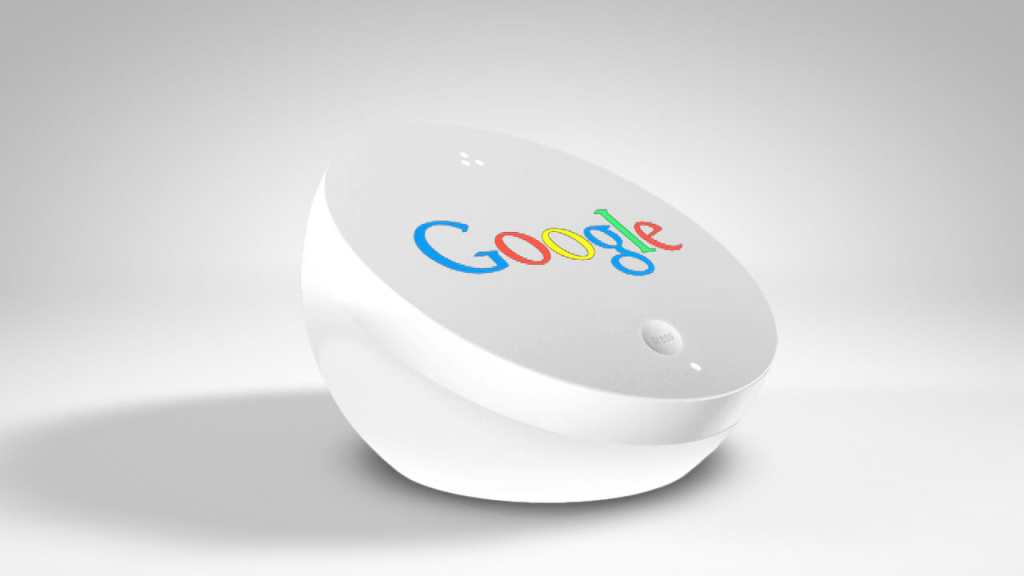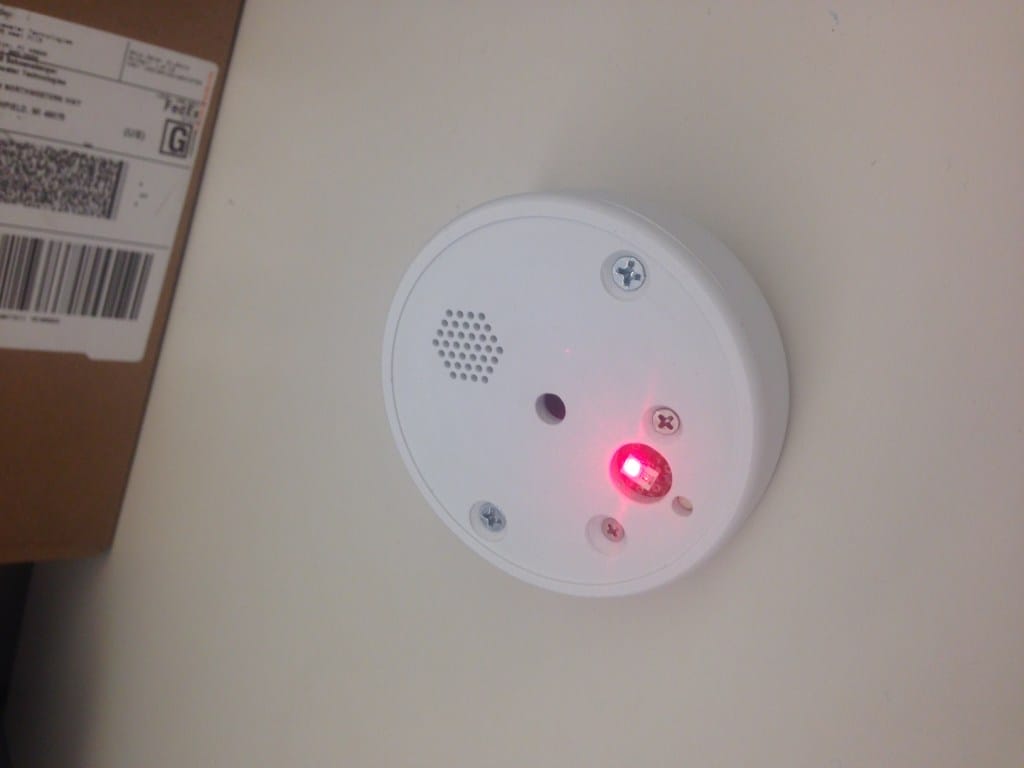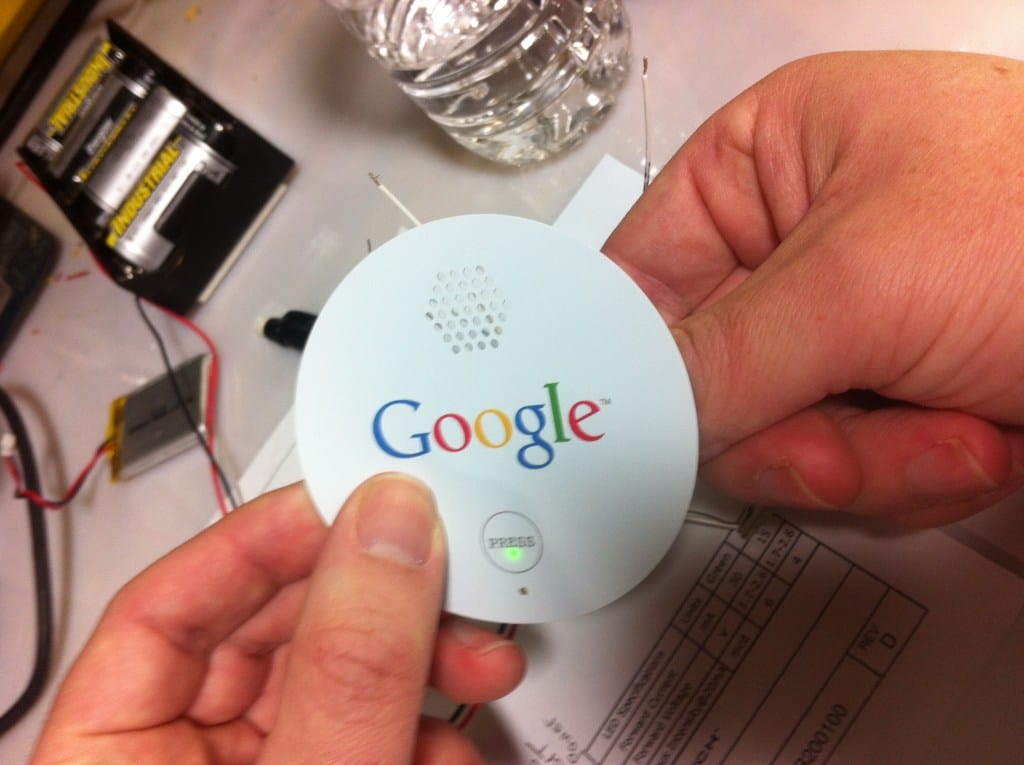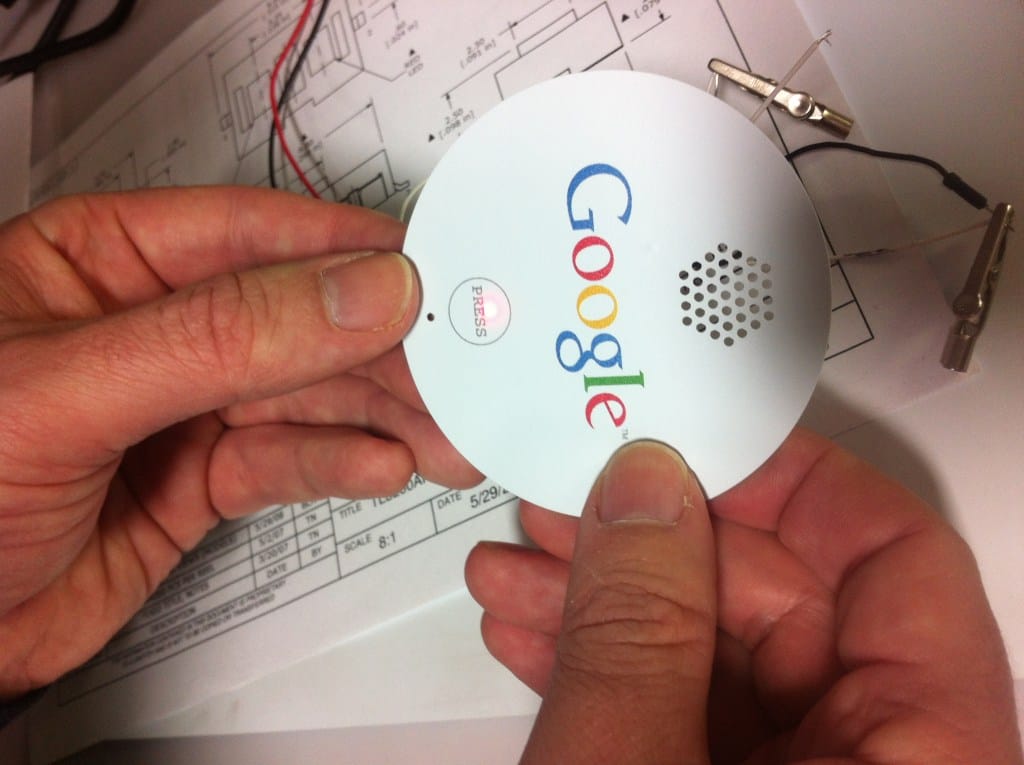
The Google Orb
How do you get people on the phone without actually calling them?
No seriously, can you get people on the phone without actually calling them? That was the question presented to us, kind of, okay maybe our interpretation of it, and it felt more like a challenge. Don’t temp us with a good time! While the Google Orb never saw mass market, it was an extremely entertaining and well received pilot.
Google had asked a series of their direct mail partners to help connect with more prospective buyers. Being the king of data they knew the math backwards and upside down; If they could get someone on the phone to discuss their Adwords platform, they could close a few hundred dollars – on average. Meaning.. spend less than $100 to get someone on the phone, and they would generate profit. So how do you get someone on the phone without calling them?
I believe the actual request was more about ideas to convince people to call or take a call, and a joke was made about in a perfect world the mailer would magically connect the user on the other end. We never heard what else was proposed, but we don’t think anyone else took this literal of an approach, or injected technology like this to make magic happen. So we set out to figure out how to get a prospect on the phone, without having to call them, AND without them having to call us.
Project
Google Orb
What We Did
Design, Engineering, Programming, Prototyping, Manufacturing
100
30
107
Simplicity means… building something completely from scratch?
For all intents and purposes the Orb was a custom built cell phone. We looked EVERYWHERE but couldn’t find one on the market so we decided we had to build one from the ground up. This was unusual because the Motorola Q had paved the way for smart devices of all kinds to floor the market and we were SURE there would be something we could source in bulk, and hack. What we were looking for was something small, the smaller the better, able to turn on automatically when opened, and allow two way communication.
In an attempt to keep things simple we try to use off the shelf parts before we go the route of building custom pieces. We found some kind of plastic dice cups that were about the right size so we ordered the minimum quantity. They worked well, were inexpensive, so we designed our custom PCB around their dimensions. Everything fit together nicely and we were able to send a few prototypes to the client. The first major issue? The final product looked a lot like a cute little bomb. Once you saw it that way, you couldn’t look at it any other way. It reminded me of super bomberman. Not something anyone would want to mass mail out, unless of course they were looking for a PR nightmare.
The Google Nexus had just released on the market, and came with one of the first wireless charging stations. As luck would have it, it was almost identical size to our orb-bomb-thing. The flat face on the front made it feel much more like a piece of technology, and given that the end client was the one who sold this product we sought out finding a supply of the housing. No luck there, so we designed a replica and had them vac molded. Much better.
The most expensive component of the entire project was the cellular modem at something like $16 each. We used the SIM900 which was popular at the time, had been out for a while, and was being replaced by more powerful modems which helped drove the price down. Our design had the device call back to a server we set up. The server would take the cell number and perform a lookup to see who it was coming from, routing the call to the appropriate rep. We were able to play a custom wav instead of a ring tone, so when the device was powered on and the button was pushed, instructions were given while a call was initiated and then connected. Once the instructions were complete the recipient found themselves on the line with an Adwords rep!
For production we planned on having the devices auto power on when the box they were shipped in was opened. That way the secret mission audio would play and everything would be seamless. For the prototype we installed a small on / off switch. As long as the SIM card was previously activated, we could connect to the cellular network and place a call in around 15-20 seconds, which was just on the long side of a delay but worked with the creative treatment.
We ultimately built over a 100 of these devices for a pilot. They worked incredibly well and while we never ended up delivering them for the pilot for a number of reasons, we still have fun with these around the office!



